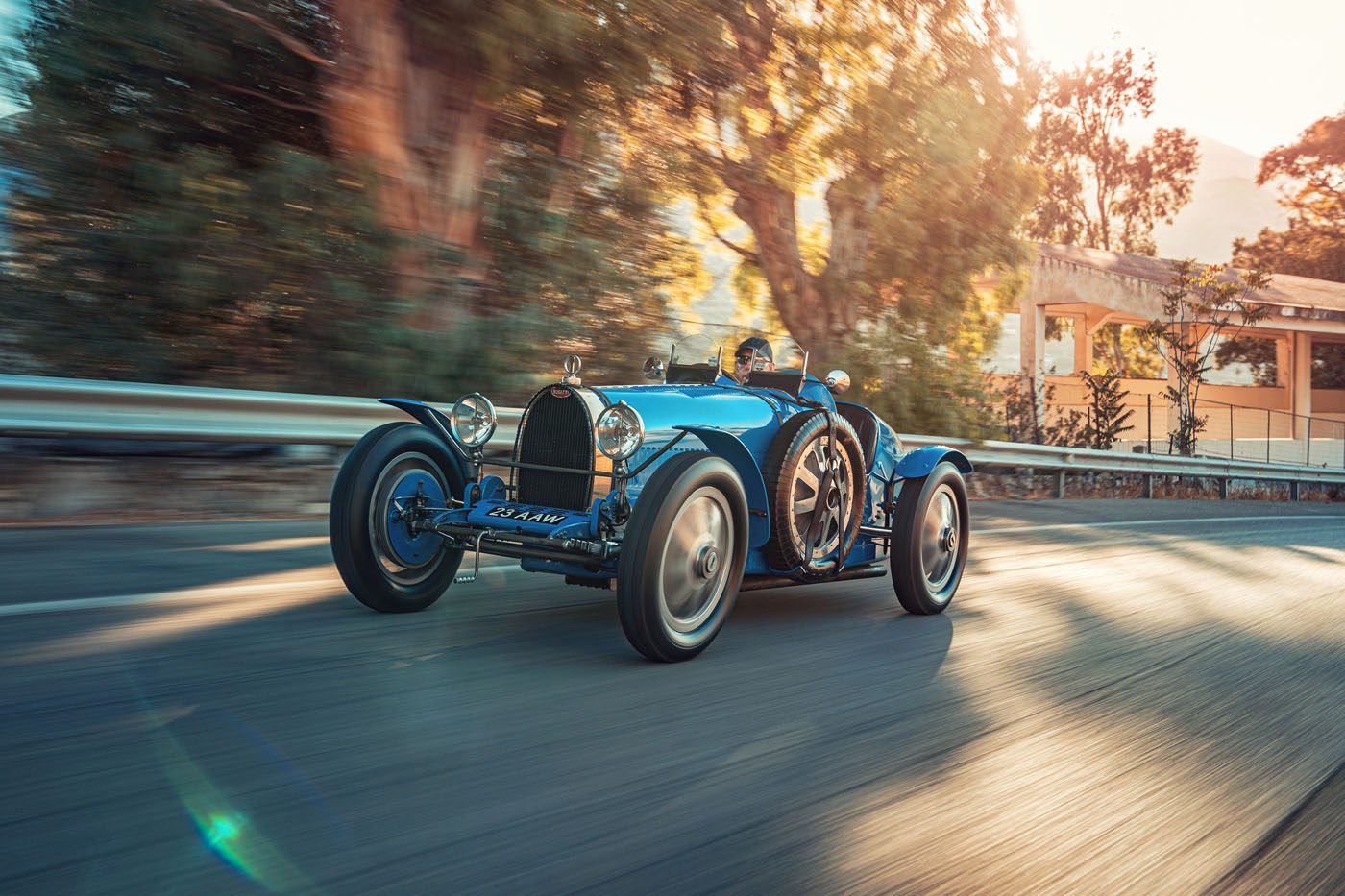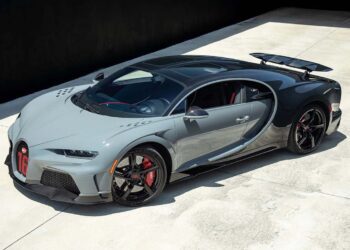One of Bugatti’s proudest creations overcame plenty of tribulations.
Bugatti is known today for making some of the greatest hypercars in the world, and it’s a historic name that boasts a pedigree of some of the greatest historic cars as well, including some like the Type 57 SC Atlantic, arguably one of the most legendary cars to have ever existed. However, the Type 35 is a legend in its own right in the Bugatti lexicon, and that’s because it was an integral example of Bugatti’s dedication to innovation and the pioneering spirit it would become known for as the years went by.
The Type 35, unlike most cars before it, was purpose-built as a race car, with a sleek body, unique aluminum wheels, and a powerful engine. As such, the car would go on to win 2,500 victories in a racing career of over a decade, but it didn’t start with such fanfare. The 1924 Grand Prix at Lyon was the start of its racing career, and it went terribly for all five Type 35s that entered.
The tires proved to be the biggest issue, with tire failures happening in front of 100,000 viewers. After that, various unfortunate events saw the highest-placing car finish in seventh. However, there were glimmers of hope, with one of the cars that had to retire being awarded fastest lap, and the lightweight and innovative aluminum wheels showing off their strength in the face of blown-out tires, a highlight of The Motor’s subsequent ‘Lessons from the Grand Prix’ recap.
With new and improved tires, the Type 35 would go on to win second place and fastest lap at San Sebastian. After that, the Type 35 would go on to enjoy an incredibly successful racing career, as well as popularity among Bugatti customers who enjoyed its thrilling drive, innovation, and performance. Today, the Type 35’s daring innovation and heritage still informs Bugatti’s philosophy, especially considering that its failure didn’t mean Bugatti was discouraged about how it could change the automotive world.
Image Source: Bugatti





















